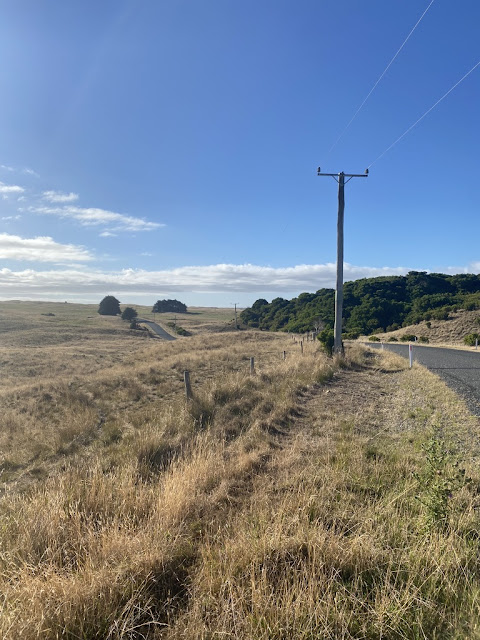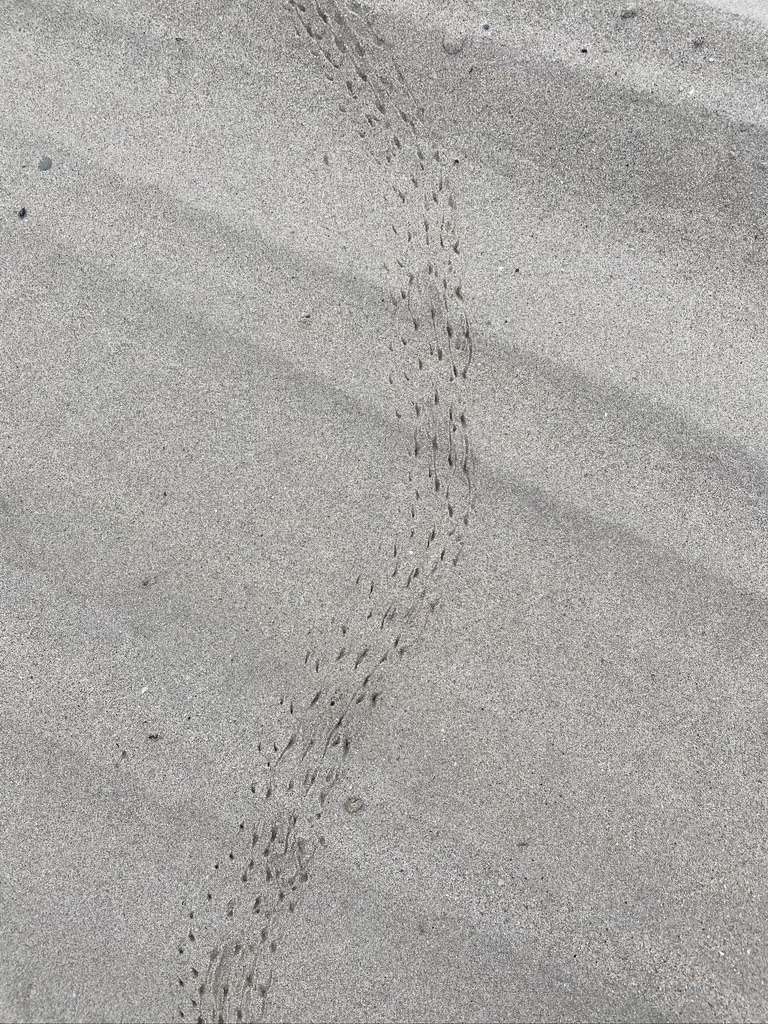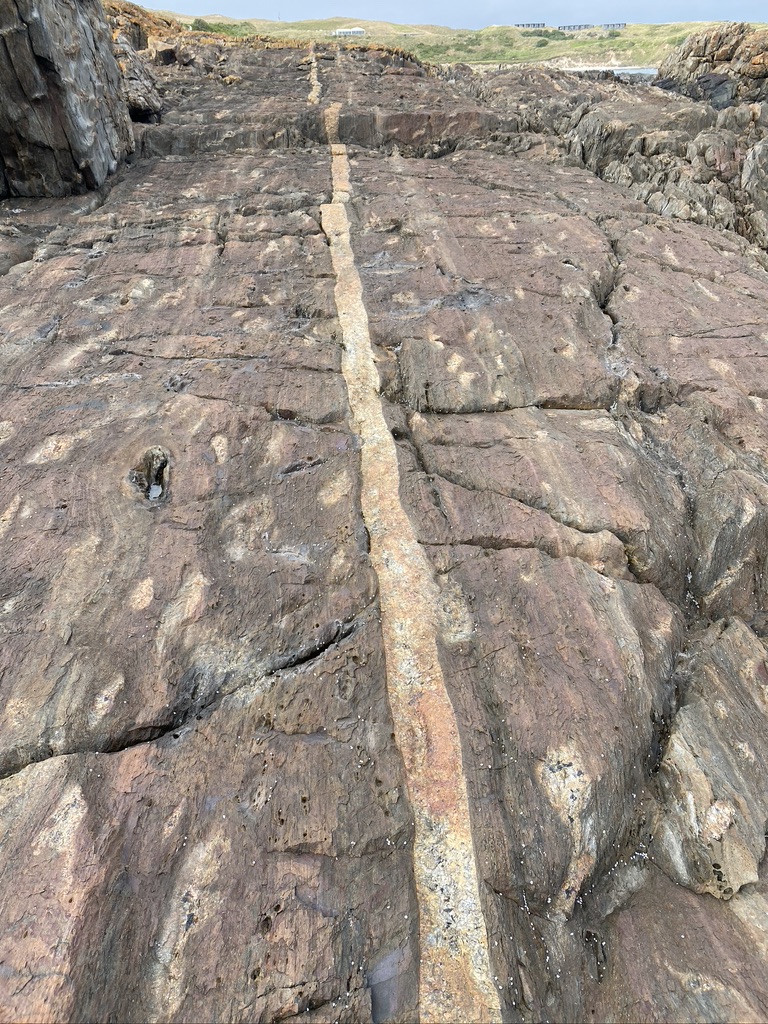When thinking about drawing as a process we most commonly think of the dominant visual aspect of it, but when working in the field and using drawing as a means of exchange with a place the entire bodily sensory experience of drawing becomes very apparent. Architect Juhani Pallasmaa speaks of this corporeal aspect,
The senses are not merely passive receptors of stimuli, and the body is not only a point of viewing the world from a central perspective. Neither is the head the sole locus of cognitive thinking, as our senses and entire bodily being directly structure, produce and store silent existential knowledge. The human body is a knowing entity. Our entire being in the world is a sensuous and embodied mode of being, and this very sense of being is the ground of existential knowledge (Pallasmaa 2009, p. 13).
Philosopher Alva Noe writes about embodied cognition, and in relation to drawing, describes the act,
During the drawing process, the continuous interaction between seeing (evaluating from a distance) and drawing (being at one with the drawing) creates a rhythmic shift in the artist’s focus of attention, alternating between proximity - his or her inner world - and distance - the outer world.” (Noe 2004, p.11).
Many I walked with at Seal Rocks were born here or have lived here for decades. Others have come from much further afield. One lady grew up in the Orkneys in Scotland and we talked of the similarities of island life across the globe. The uniqueness of islands, the flora and fauna, geology and physical geography were key talking points. With that, there were also frequent discussions about the community aspect of islands. Self-reliance, resilience, worldly and cloistered thinking, generational attitudes, disconnection through isolation and differing perceptions of time.
These are all aspects I am familiar with and resonate with my own experience of growing up in an island community. The shared familiarity has brought about a sense of connection with this place and the people I have met here. The differences have likewise presented a useful contrast to re-examine my own attitudes, opinions and preconceptions about the influence of environment upon my world view. Interestingly, this process of framing, re-framing and adjusting has made me increasingly aware of scale - how the microcosm environment of a remote island can allow for an expansive 'looking out' at the world through introspection and reflection.
References
Noe, A 2006, Action in Perception, MIT Press, Cambridge/London.
Pallasmaa, J 2009 The Thinking Hand: Existential and Embodied Wisdom in Architecture, Chichester, Wiley.



























